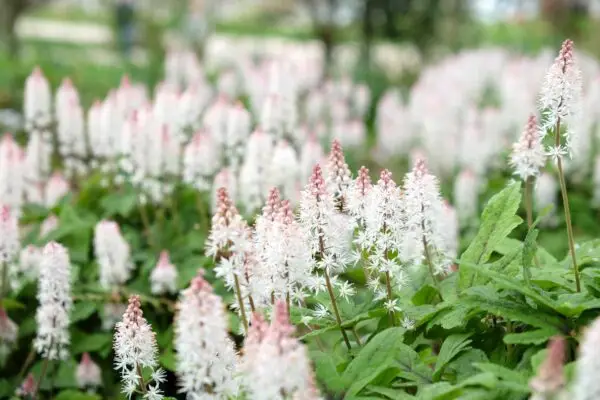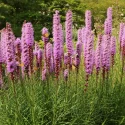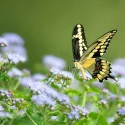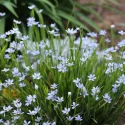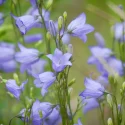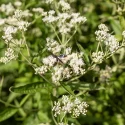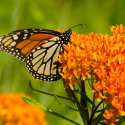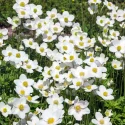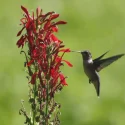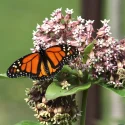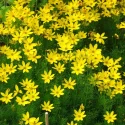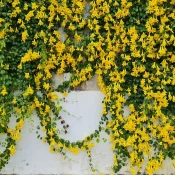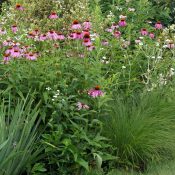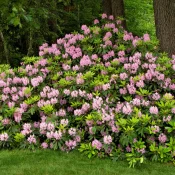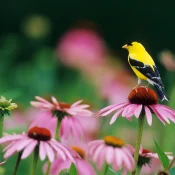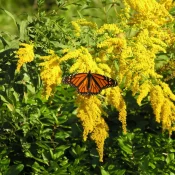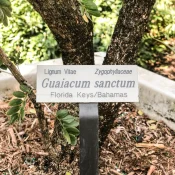Why does seed or plant provenance matter?
Provenance—or where a seed or plant comes from—is a secret weapon when it comes to picking resilient choices for our gardens.
Some native plants have huge native ranges that include 50%+ of the United States—like Eastern Redbuds, Butterfly Weed, and Wood Lily. You can imagine that a seed from Massachusetts is going to have a different DNA than a seed from Florida. They might look the same, but invisible within each are blueprints to withstand Northeast winters or Southern heat.
Use this secret resiliency to your advantage and pick seeds and plants from the closest places you can for maximum resilience and eco-benefits. Scroll on to read more about the benefits of keeping it local.

We’ve said it multiple times before—the purpose of The Plant Native is to be a helpful, easy resource for planting native. We’re not here to make gardening feel like a botany exam.
However, some science tips can help create more resilient and beautiful landscapes. One such tip is to pay attention to plant provenance.
What does plant or seed provenance mean?
Plant provenance is the place where a seed or plant has grown for multiple generations.
Imagine if you asked a seed or plant where its family came from, in the way we ask other humans about their ancestors. The answer would be its provenance.
How long does it take to establish provenance?
A plant needs to exist in a spot for multiple branches of its genetic family tree to be considered its provenance. This allows its genetic makeup to adjust based on the soil, weather, light, etc of its provenance area.
Making resilient, site-specific DNA takes many plant lifetimes! It is not done in a season, or even a few seasons. Some examples of this complexity include:
- If you live in Texas, but ordered Purple Coneflower seeds from Johnny’s Seeds in Maine a few years ago—those seeds’ provenance is still from the Northeast.
- If you buy a native rhododendron in Pennsylvania but notice its wholesale distributor is in South Carolina, the plant’s provenance is likely from the South.
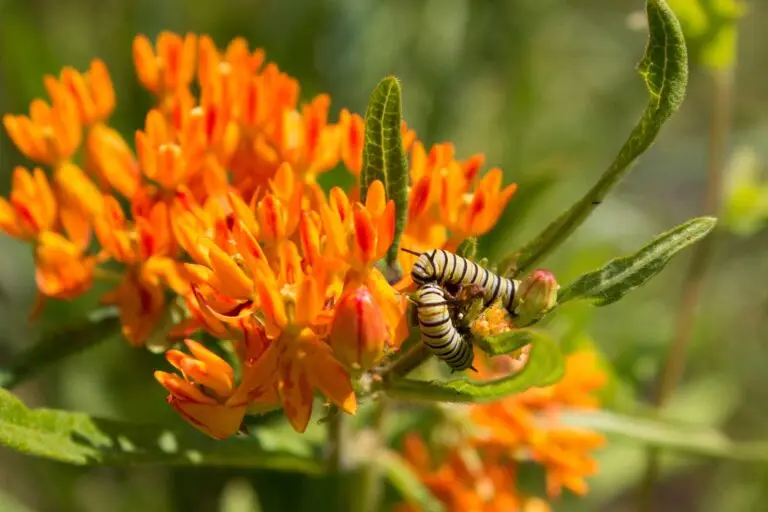
Provenance benefits are often invisible—until they’re not
Again—it’s pretty clear how a plant from the Northeast might have a different genome than a plant with a family tree from the South.
The interesting thing is: they might look almost the same, if planted side-by-side in each other’s areas. Same colored blooms, same shape, same height, same leaves—etc.
But their differences could include:
Resiliency through severe weather events
When a weather event hits—drought, heat wave, cold snap, snowy winter—this is when you’ll see plant provenance shine. A Sweetbay Magnolia with provenance in Florida might not make it through a super snowy winter in Pennsylvania—even though Sweetbay Magnolias are native to both areas.
Picking plants close by ensures you’ve got the most resilient plants in your landscape. It sets you up for planting success.
Faster growth
Having DNA awareness of the soil, weather, and climate of an area can also give a plant faster growth. William Cullina shares a first-person example of provenance from his Maine garden in the Wild Seed Project:
“If I grow seeds collected from an Alabama population of either variety (seeds with an Alabama provenance), it is highly likely that they will not thrive in coastal Maine because they have evolved in a very different climate. Typically, these southern plants grow more slowly than their local counterparts in our cool summers and die back rather shockingly in our harsh winters.”
How do I find native plants near me?
So glad you asked! Explore our native online sellers (organized by region) and our native plant society list to find sources near you.
Chances are, there is a small business nearby with resilient natives ready for you.
How local do I have to go for plant provenance?
A good rule of thumb for provenance is to try and find plants from within 400-800 miles of where you live. To make this easy to remember, we’ve rounded up to 800 miles.
Local blooms, fewer glooms
Find native plants near you
Local plants and seeds—grown within 800 miles—are best suited for your garden. This also fosters cross-pollination among locally grown plants, enhancing their resilience for generations to come. Stay local for a happy garden!
What are some plants to try and find local?
As mentioned, there are some native plants with HUGE native ranges that cover 50% or more of the United States and Canada. Finding these locally will help maximize your resiliency benefits.
Some examples of these natives include:
Let’s be understanding and call this a goal—not a rule
If finding a local source feels like homework, we’ve made it a little easier with lists of online plant sellers organized by region, and listing native plant societies. We strongly believe that planting natives should not feel like a botany exam. If native plants can plant themselves—we can too.
We agree with Claudio Vazquez, co-founder of Izel Native Plants, “Provenance is important, but perfection should not stand in the way of doing good.” If you find some natives at your local nursery that you love, but they come from outside the 800-mile range…they will ALWAYS be better than a non-native choice.
And that sums up our guide to planting natives, locally! Spending a little bit of extra time finding native plant sources close to you gives lots of benefits, making the extra effort worth it. Planting locally ensures we have the strongest, most resilient plants for our area, able to withstand the extreme weather events that are sadly a fact of our time. Local provenance also ensures that generations of plants in our area will cross-pollinate and become their most resilient versions possible. Provenance matters, even though it’s an invisible superpower. Happy planting!
Sources
- Cullina, William. “Provenance and Propagation: The whys and hows of growing well-adapted species from locally-sourced seeds.” Wild Seed Project, November 2016. (PDF).
- Thomas Christopher Gardens, Podcast: Uli Lorimer on Plant Provenance
- Izel Native Plants, Plant provenance and why it matters
- Wildtree, What is Provenance and Why Does it Matter for Planting for Wildlife?
- Louisiana Native Plant Society, “Regional Provenance”
- Baldwin, Henry I. “THE IMPORTANCE OF THE ORIGIN OF FOREST SEEDS.” Empire Forestry Journal 12, no. 2 (1933): 198–210. http://www.jstor.org/stable/42595871.
